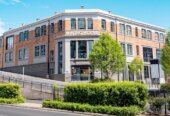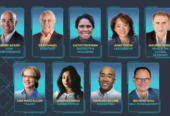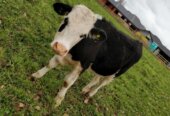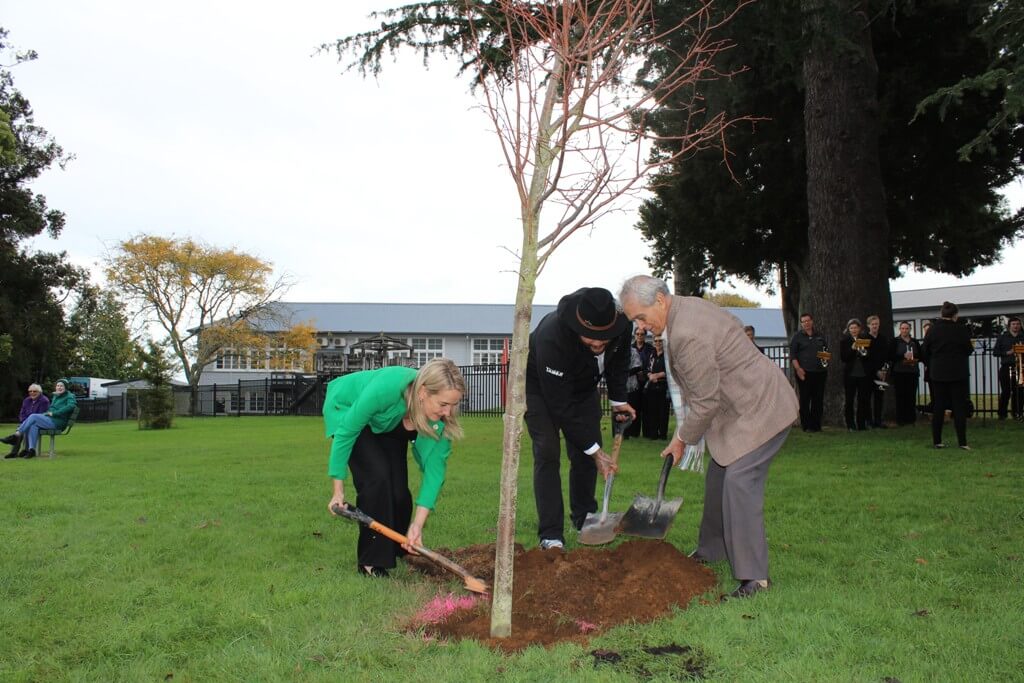
Thomas Lord (Ngati Māhanga) and Kingi Turner (right, Ngati Apakura) helped mayor Susan O’Regan plant a European lime tree in Te Awamutu. Photo: Roy Pilott.
As part of Community Boards 2.0, it is recommended we build better relationships with mana whenua. With no Māori representative on our board this starts with us improving our understanding of te ao Māori and tikanga. To do this we are making every effort to learn, engage and attend events that enable us to do so.
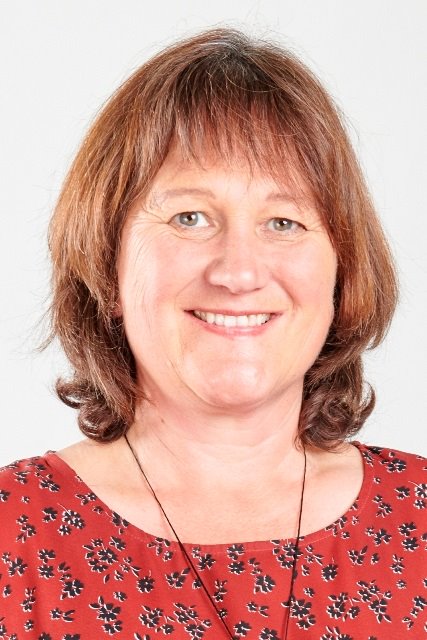
Ange Holt
The initial step, started at our last meeting, is to start and finish our meetings with a karakia, conducted in te reo Māori first – to acknowledge the people who were here before us and then in English so we all understand the prayer.
We helped to arrange the Coronation event for King Charles III and as part of this event we invited mana whenua to participate. Our representatives were Kingi Turner (Ngāti Apakura) and Thomas Lord (Ngāti Mahanga). Both kaikōrero (speakers) conducted their mihi whakatau in te reo Māori and translated it into English so all present understood what they had said.
After the event I was chatting with Thomas about this and learnt that some believe the mihi should never be translated. I do acknowledge and understand this belief and the importance of tikanga.
I personally found this kind gesture of translation helpful and it made a lasting impact on more than one of the attendees at the coronation event because we understood what was being said and could relate to it.
Recently I had the privilege of being invited with some of the parishioners from St John’s Anglican Church and from Pāriha o Rangiaowhia to Parawera Marae for their first church service in many years. The event started in a traditional manner with a mihi whakatau in the wharenui. He tikanga karakia mō te Rātapu was then conducted by Pā Cruz Karauti-Fox. It was a beautiful service, shared in te reo Māori and English. This was followed by lunch in the wharekai/dining room where relationships were forged, and extended through an invitation to Hairini (St Paul’s) for a karakia service in the future.
Following the service and lunch, a group including myself, led by Tiaki Ormsby and Matua Tihau Bishop set off on a tour of significant sites relating to the journey made by King Tāwhiao just after the land confiscations.
Kaumatua Hone Tairi, kaitiaki of Maungatautari, shared his extensive knowledge with us, pointing out pā sites, some of which have since become quarries; where there was once vast swamp land and a huge lake at Roto-o-rangi, the Māori parliament Marae on Maungakawa that was burnt down along with many marae and pā sites after the land confiscations. It was a worthwhile and fascinating afternoon.
This journey provided me with the opportunity to build new relationships, gain new learning and understanding of these local sites of significance and their importance to local iwi.
I hope that the board and I can join more events such as these where we can grow our knowledge and build lasting relationships with Mana Whenua and Tangata Whenua.
As a community board, our next step is to hopefully attend a Ngā Iwi Tōpu O Waipā meeting so we can introduce ourselves and offer our support.







